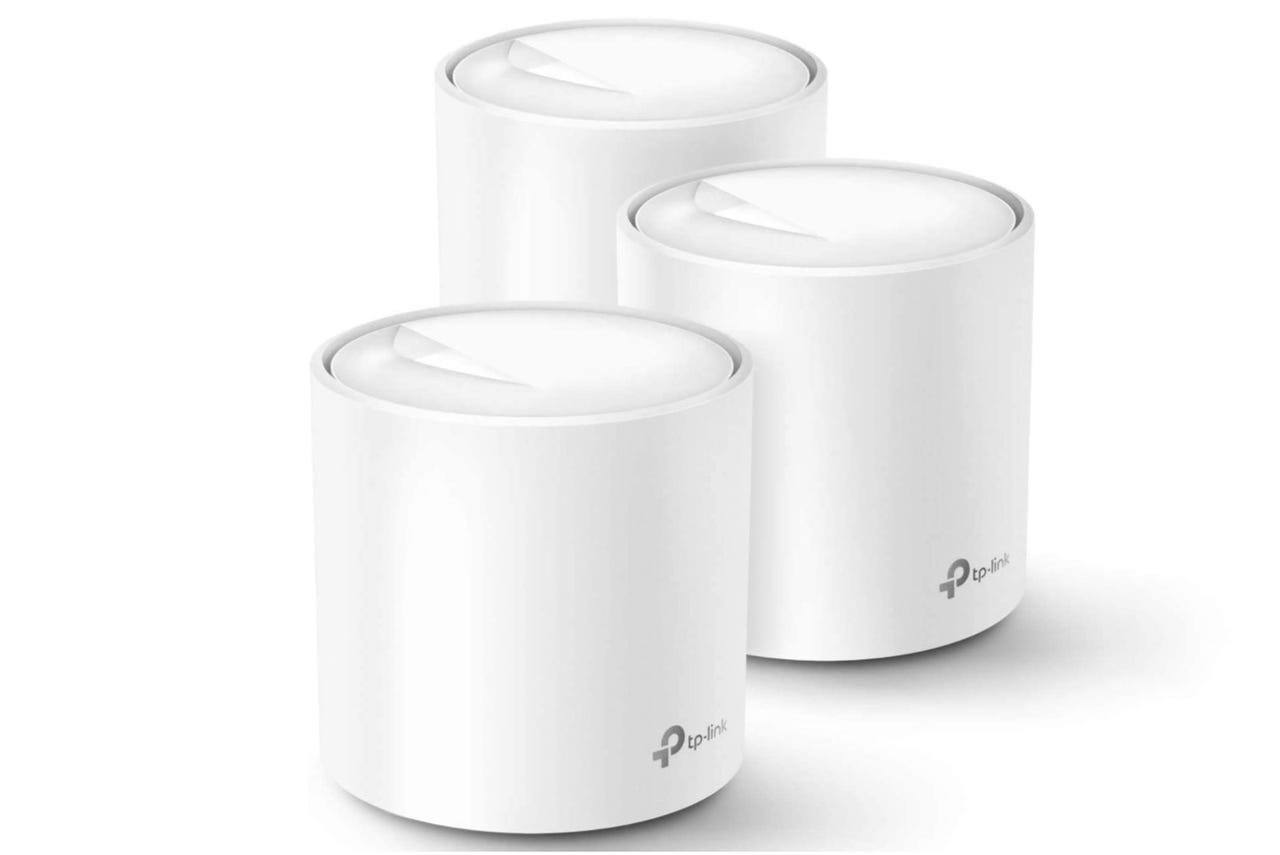'ZDNET Recommends': What exactly does it mean?
ZDNET's recommendations are based on many hours of testing, research, and comparison shopping. We gather data from the best available sources, including vendor and retailer listings as well as other relevant and independent reviews sites. And we pore over customer reviews to find out what matters to real people who already own and use the products and services we’re assessing.
When you click through from our site to a retailer and buy a product or service, we may earn affiliate commissions. This helps support our work, but does not affect what we cover or how, and it does not affect the price you pay. Neither ZDNET nor the author are compensated for these independent reviews. Indeed, we follow strict guidelines that ensure our editorial content is never influenced by advertisers.
ZDNET's editorial team writes on behalf of you, our reader. Our goal is to deliver the most accurate information and the most knowledgeable advice possible in order to help you make smarter buying decisions on tech gear and a wide array of products and services. Our editors thoroughly review and fact-check every article to ensure that our content meets the highest standards. If we have made an error or published misleading information, we will correct or clarify the article. If you see inaccuracies in our content, please report the mistake via this form.
TP-Link Deco X60 Wi-Fi 6 review: Reliable mesh Wi-Fi on a budget


Wi-Fi 6 was finalized in 2019, and products have finally come to market. It is supposed to be faster, which you might notice if you have a Wi-Fi 6 file server.
ZDNET Recommends
Wi-Fi 6 's major benefit is that it more gracefully supports many devices. At my house, there are 3 Roku TVs, 4 Macs, 4 iPads, 3 Apple Watches, 3 HomePods, 3 iPhones, and 2 Apple TVs, all fed by 150Mb/sec cable. Only two of those devices support Wi-Fi 6 today, but that number will at least triple over the next year. Then there are the devices, usually more iPhones and iPads, that friends bring over.
Even though the single modem/router from the cable company offered what systems showed to be sufficient Wi-Fi signal strength throughout a 3000 sq. ft. home, installation of the TP-Link M4 mesh made a huge difference. Drop-outs, niggling delays, streaming stutters, and other annoying first-world problems pretty much ceased. So did the $10/month bill for the inadequate modem/router after I bought a compatible modem.
Then I added the newer X60. It is compatible with the M4 - you can continue using M4 nodes for non-Wi-Fi 6 coverage, and life got a little better. Rebooting the cable modem and the M4 mesh was a monthly occurrence. Since adding the X60, we go for months without that bit of cruft clearance.
I liked the TP-Link so much I began recommending it to friends. So now I've installed three mesh systems.
Installs take about half an hour, much of which is taken up with adding devices to the network. I have little patience with fiddly tech, and I found the install process straightforward.
The biggest change since my first mesh is that TP-Link removed the irksome requirement for cellphone coverage to install their routers. Not a big city problem, but here in rural Arizona, cell coverage -- like vaccinations -- cannot be assumed.
Since my friends are not techies, I've also sampled TP-Link's remote management capabilities. The handiest is remote firmware updates, but a number of other features can be managed, such as beamforming, port forwarding, and DHCP settings.
The take
One important thing has changed since I last reviewed the TP-Link mesh routers: the competitive landscape. The prices of competing mesh systems from Google, Amazon, and others have come down, and it appears that TP-Link has raised some of their prices. Still, you can get into a TP-Link mesh for less than than the others, but the gap isn't as large as it was.
If you want Wi-Fi 6, though, prices start at about $250 for a two or three node mesh. That's better than most of the competition.
But do you want Wi-Fi 6 NOW? Unless you've upgraded to Wi-Fi 6 systems, probably not. But, if, like me, more Wi-Fi 6 systems are in the offing, why wait?
I make a practice of staying away from devices and services offered by firms that package my info and sell it. As near as I can tell, TP-Link doesn't vacuum up user data for resale. So even though the pricing is a tad less competitive than it was, I still prefer the TP-Link business model.
Looking for a cost-effective Wi-Fi 6 mesh? Consider the TP-Link Deco X20 or X60 systems. They've worked well for me.
Comments welcome: What would you recommend?